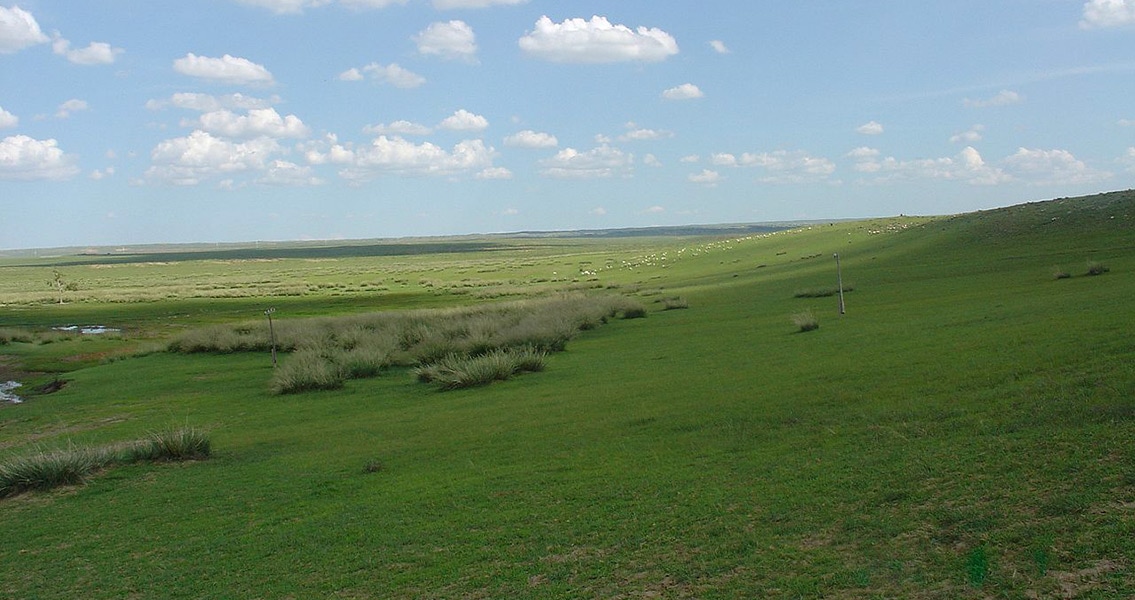The current crisis has everyone thinking about how to protect themselves and other people from becoming sick. For many people, the answer to this is to look for the experts, the scientists who study illness and try to find antibiotics and cures for people. Other people are looking more into the past – the history of pandemics and how science helped in those moments.
It’s something that many people don’t think about. You know about the flu pandemic of 1918 or the Black Plague, but do you know how the world overcame these situations? Have you ever looked at how science helped the population back then just as it’s helping now? This article is here to give you the history of the past crises and the scientific breakthroughs that helped stop them. Psychologically, it’s helpful to know this history as it gives you more hope that we will get through the current crisis.
The History of Outbreaks Starts Over 5,000 Years Ago

It’s hard to think of the ancient days, the world over 5,000 years ago, but it’s important when looking at the history of these events because they’ve occurred since the beginning of time. While history cannot tell us when the first one happened, historians do know that a whole prehistoric village in China was wiped out about 5,000 years ago. They discovered this after finding hundreds of human bones in the basement. Archaeologists stated the only explanation was some sort of illness, as people of all age groups were buried in this mass grave.

Today, the house no longer stands, but the location is considered one of the best-preserved prehistoric sites in northeastern China. It’s called the “Hamin Mangha,” and experts state that when this mysterious illness entered the area, it wiped people out so quickly that they couldn’t correctly bury the deceased. One reason why scientists believe it was a widespread illness, is that they discovered another burial site from around the same time in northeastern China.
